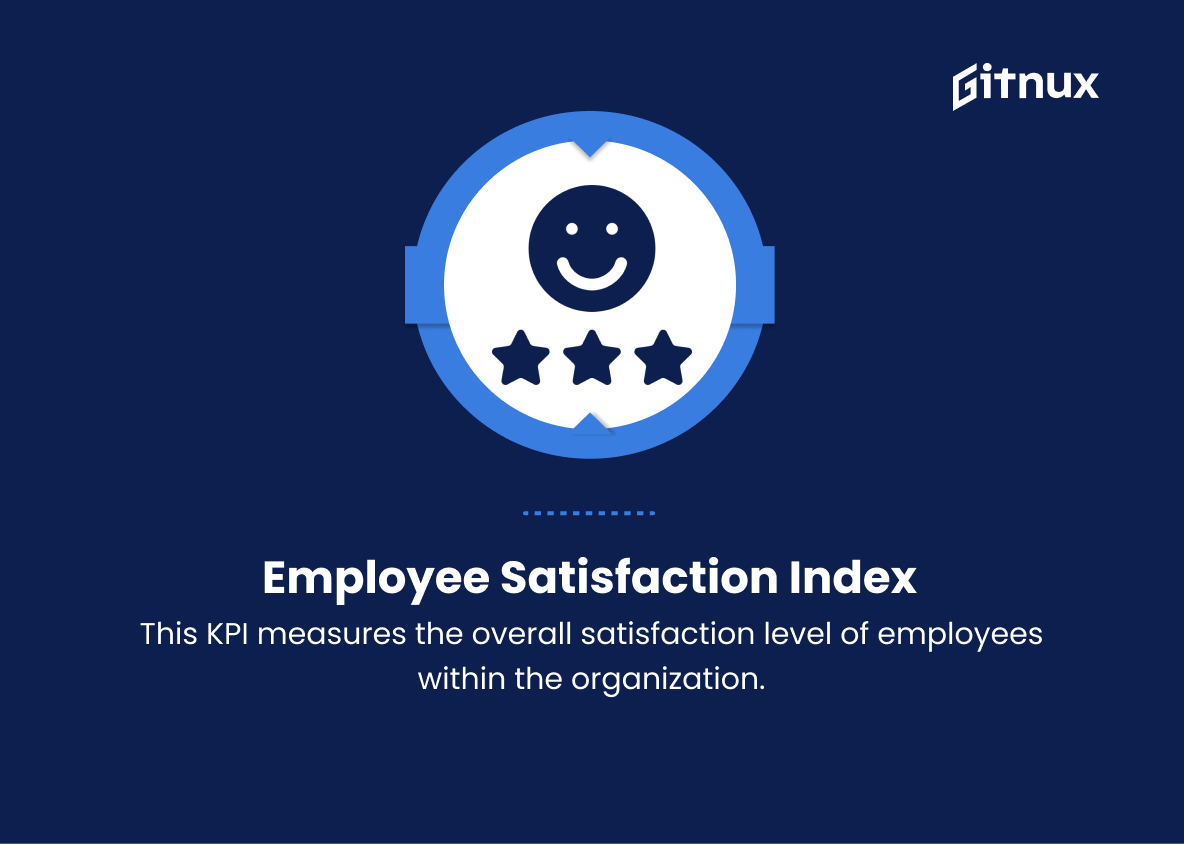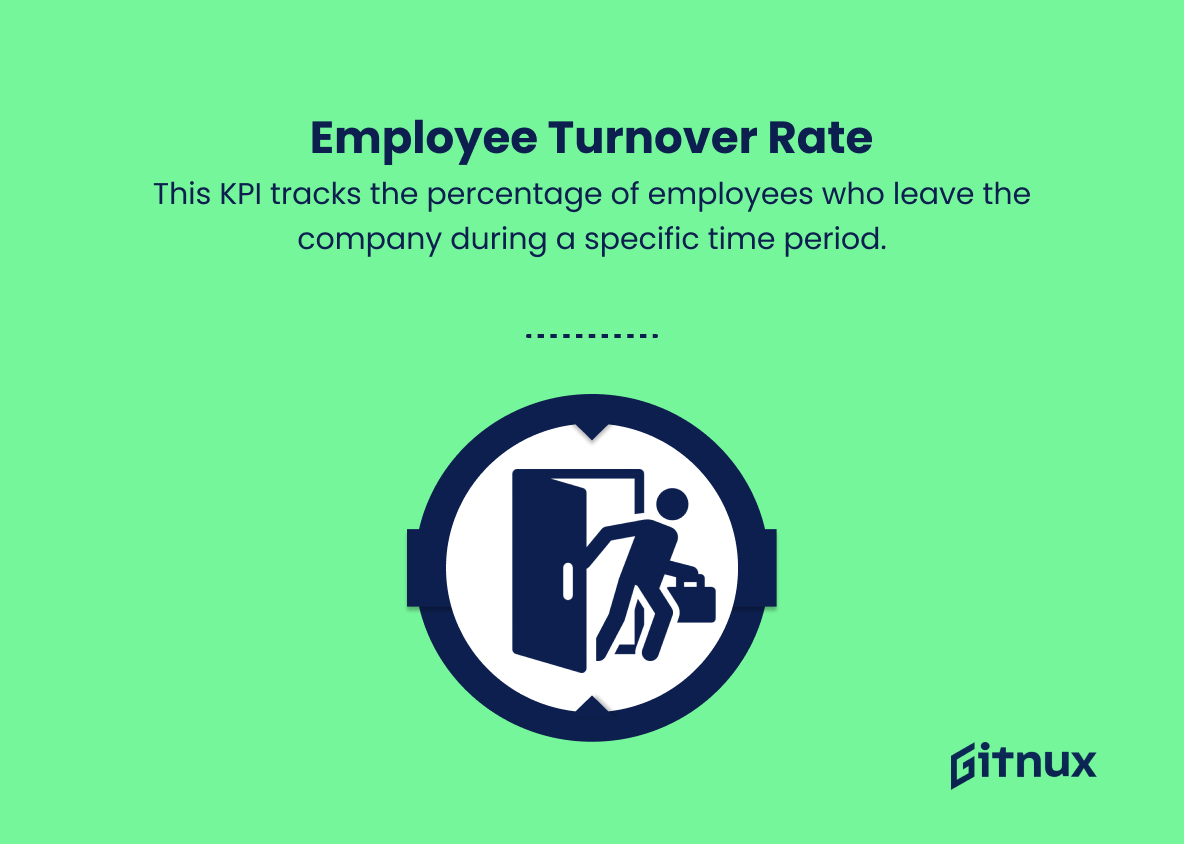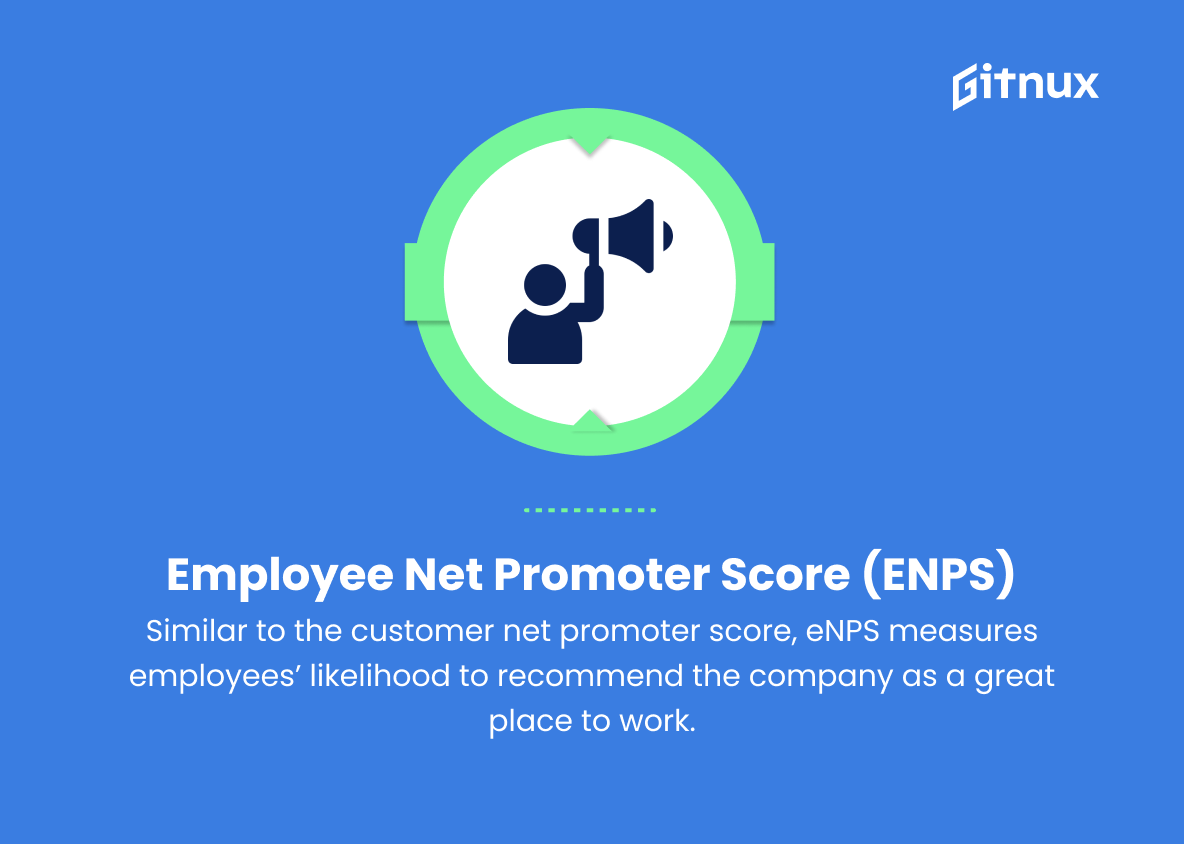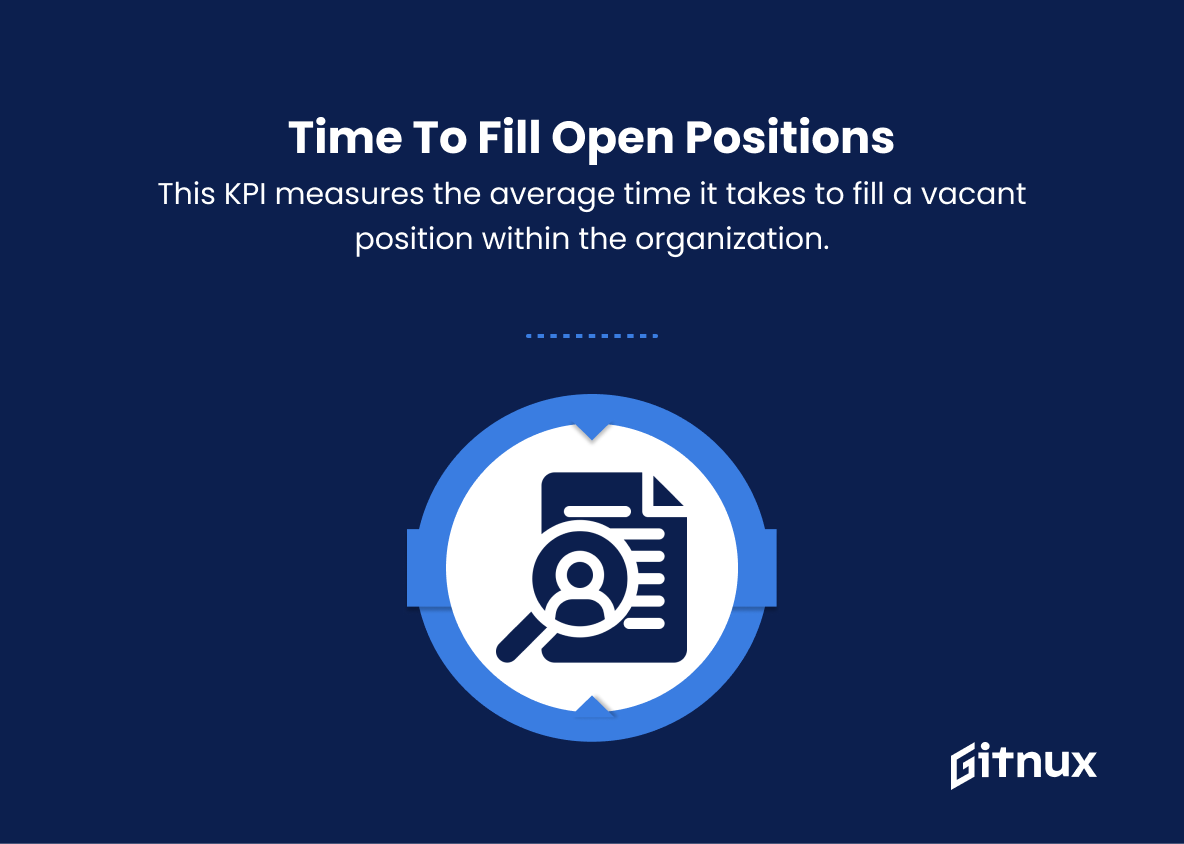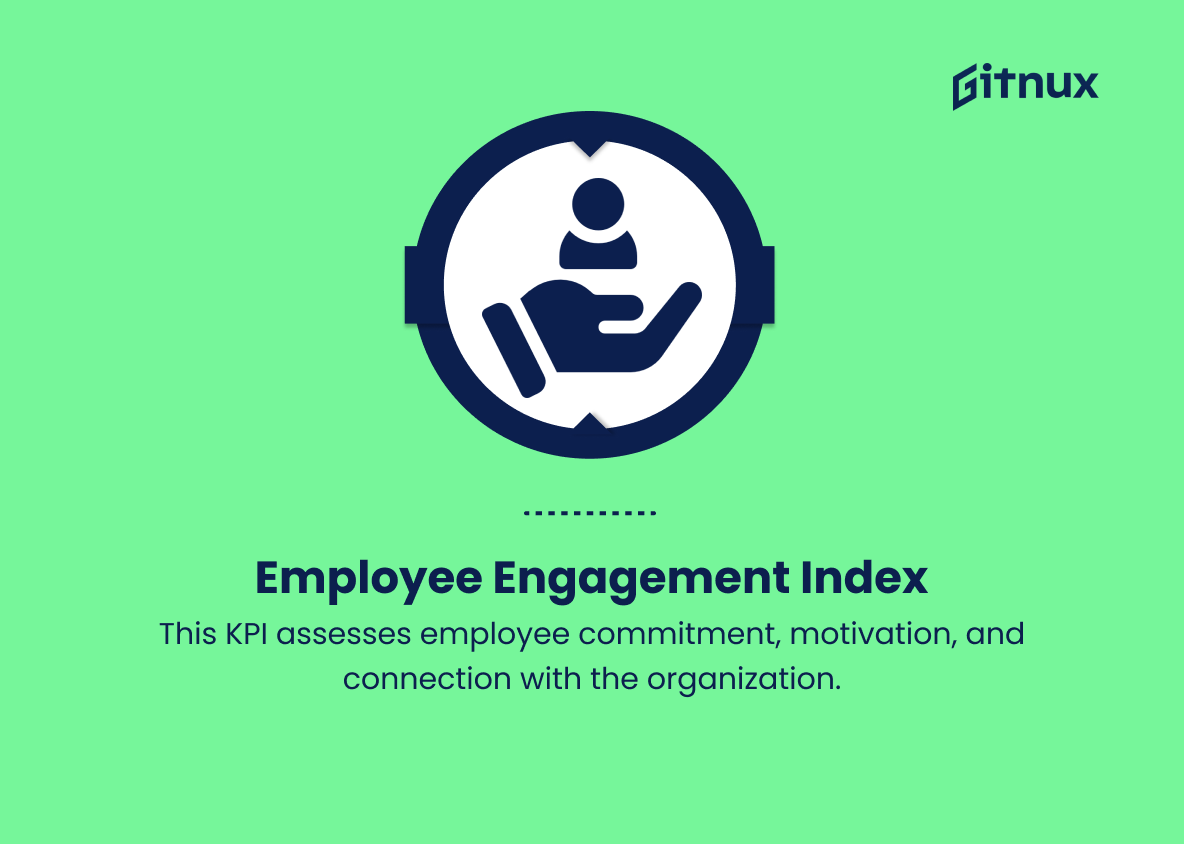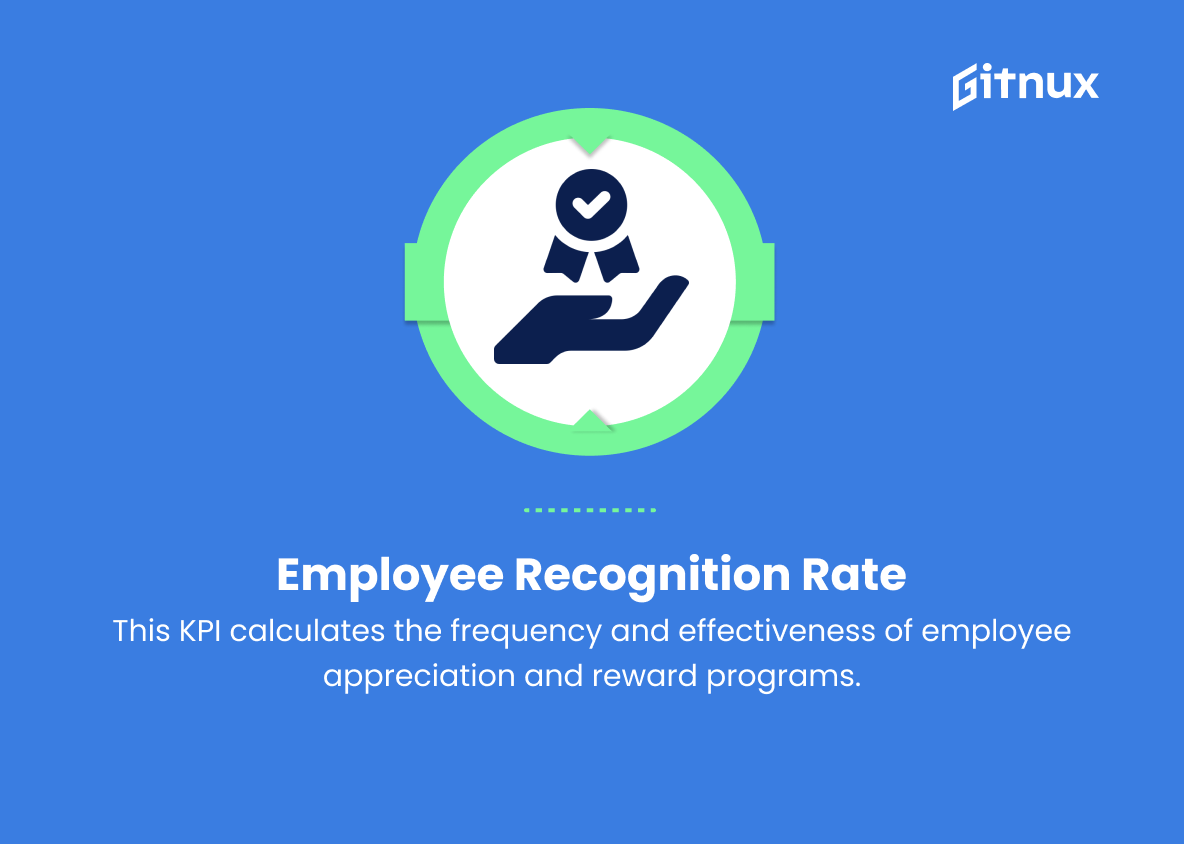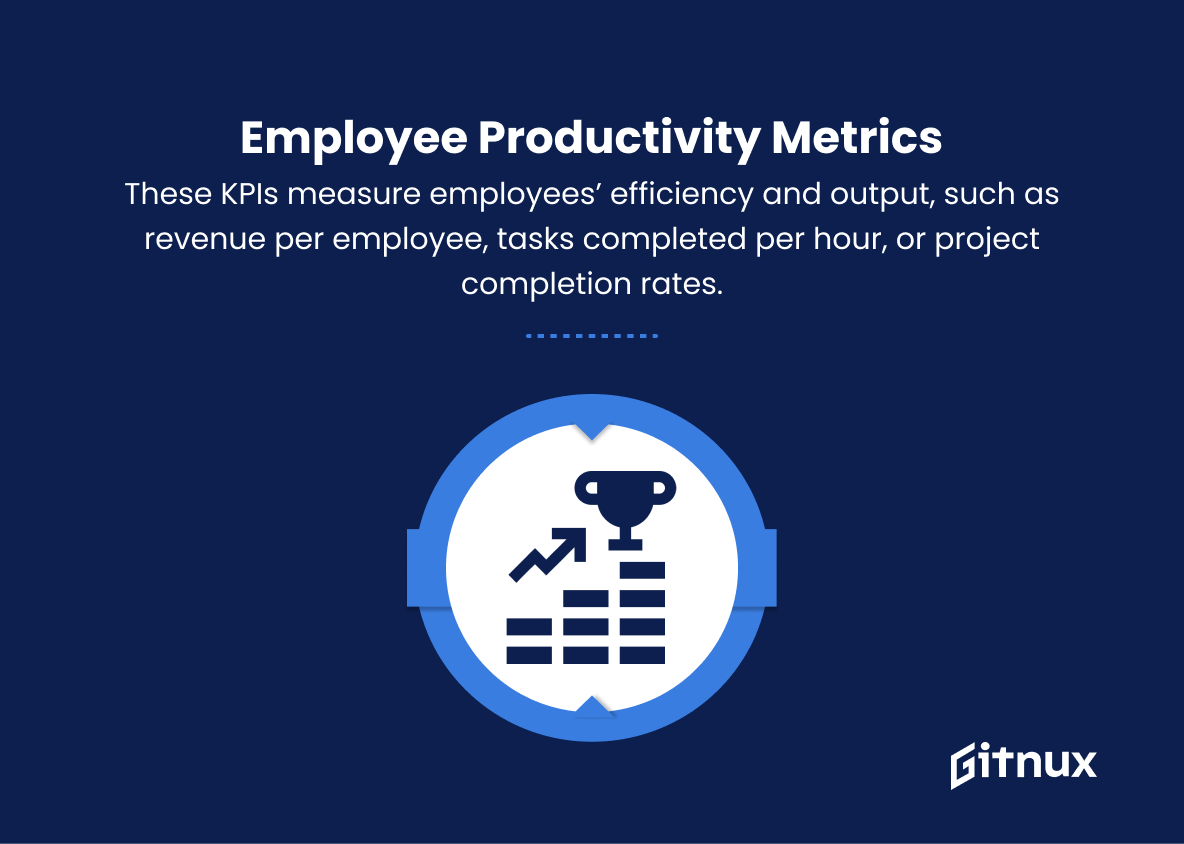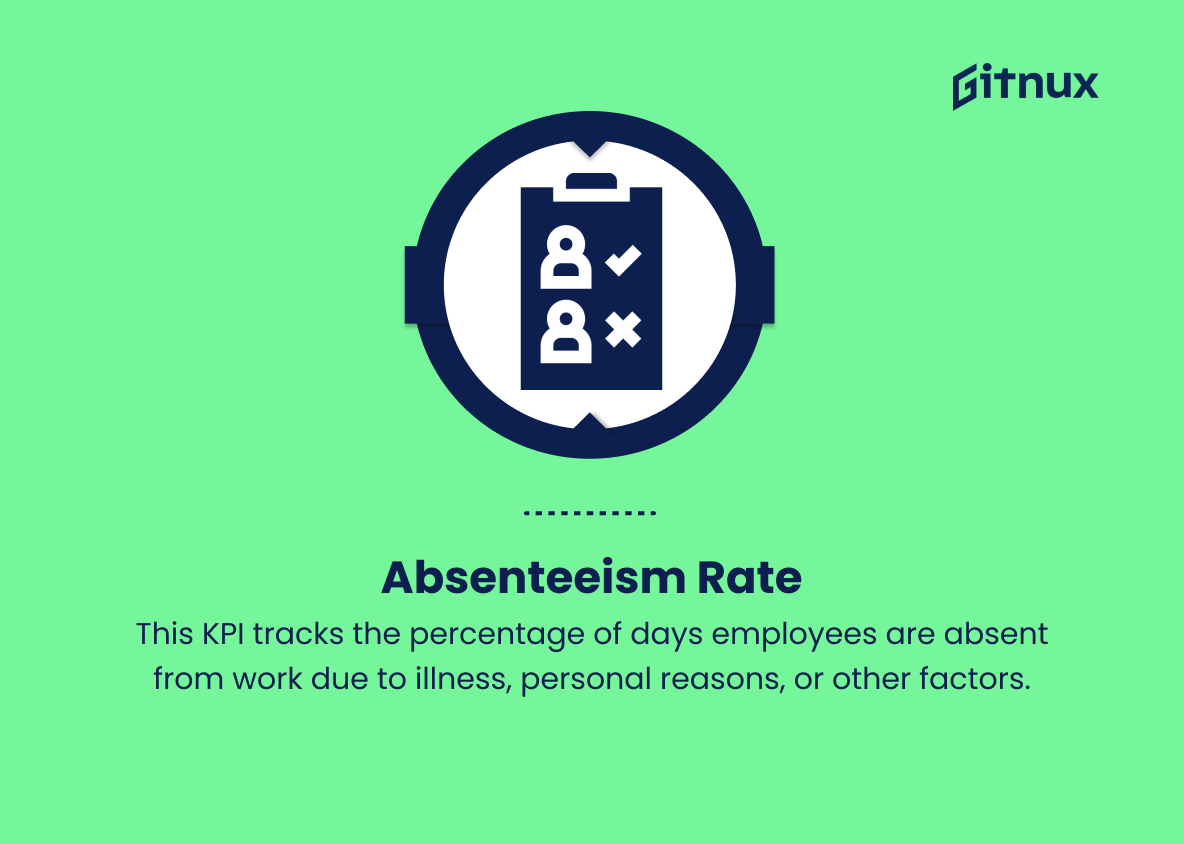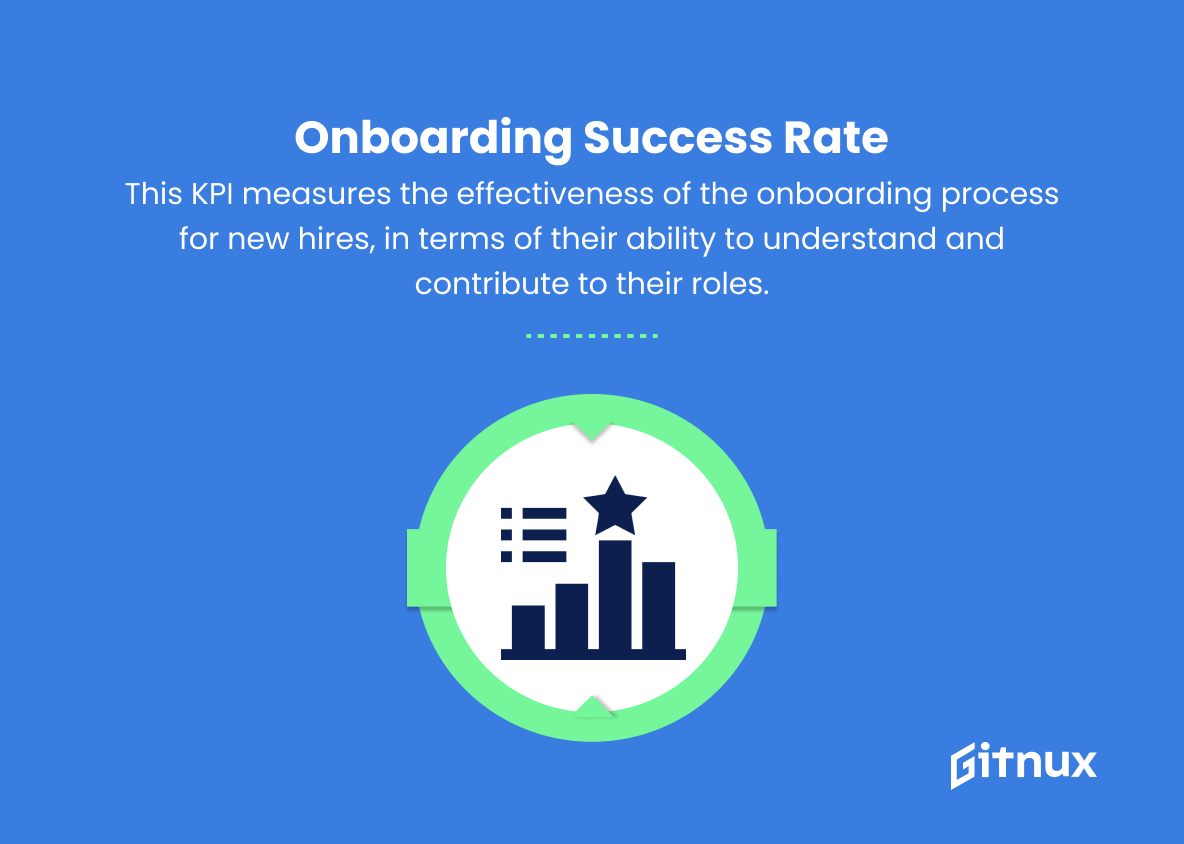In today’s hypercompetitive business landscape, organizations are increasingly recognizing the value of creating exceptional employee experiences. Employee Experience (EX) has emerged as a critical factor in boosting employee engagement, talent retention, productivity, and fostering a thriving work culture. As a result, it is essential for companies to effectively measure and manage key performance indicators (KPIs) related to employee experience.
In this insightful blog post, we will delve into the most significant EX KPIs, the role they play in driving organizational success, and the best practices for monitoring and improving these crucial metrics. By understanding and optimizing these EX KPIs, organizations can unlock the full potential of their workforce and create a sustainable competitive advantage.
Employee Experience KPIs You Should Know
1. Employee satisfaction index
This KPI measures the overall satisfaction level of employees within the organization. It is usually obtained through regular employee satisfaction surveys, taking into account various factors such as work environment, compensation, and interpersonal relationships.
2. Employee turnover rate
This KPI tracks the percentage of employees who leave the company during a specific time period. A high turnover rate may indicate dissatisfaction or organizational issues, whereas a low rate suggests employees have a positive experience.
3. Employee net promoter score (eNPS)
Similar to the customer net promoter score, eNPS measures employees’ likelihood to recommend the company as a great place to work. A high eNPS suggests employees have positive experiences and are likely to refer others to the organization.
In today’s hypercompetitive business landscape, organizations are increasingly recognizing the value of creating exceptional employee experiences.4. Time to fill open positions
This KPI measures the average time it takes to fill a vacant position within the organization. A short time to fill can indicate efficient recruitment processes and a positive employer brand.
5. Employee engagement index
This KPI assesses employee commitment, motivation, and connection with the organization. Higher engagement levels are typically linked to better productivity, well-being, and retention.
6. Training and development hours per employee
This KPI measures the average number of hours employees spend on professional development and training. It reflects company investment in employee growth, skill development, and overall job satisfaction.
7. Work-life balance index
This KPI assesses the balance between employees’ professional and personal lives, considering factors such as flexible work arrangements, reasonable work hours, and paid time off. A healthy balance contributes to a more positive employee experience.
Employee Experience (EX) has emerged as a critical factor in boosting employee engagement, talent retention, productivity, and fostering a thriving work culture.8. Internal promotion rate
This KPI measures the percentage of open positions filled internally by existing employees. A high rate indicates opportunities for growth and progression within the organization, which can enhance employee experience.
9. Employee recognition rate
This KPI calculates the frequency and effectiveness of employee appreciation and reward programs. Regular recognition boosts morale, engagement, and satisfaction.
10. Employee productivity metrics
These KPIs measure employees’ efficiency and output, such as revenue per employee, tasks completed per hour, or project completion rates. High productivity levels can indicate a positive work environment and efficient management practices.
11. Absenteeism rate
This KPI tracks the percentage of days employees are absent from work due to illness, personal reasons, or other factors. A high absenteeism rate may signify poor employee well-being or issues in the work environment.
12. Onboarding success rate
This KPI measures the effectiveness of the onboarding process for new hires, in terms of their ability to understand and contribute to their roles. A successful onboarding experience contributes to higher job satisfaction and retention rates.
13. Employee satisfaction with communication
This KPI evaluates how well employees feel informed and listened to by management. Effective communication is important for a positive employee experience, fostering trust and engagement.
Employee Experience KPIs Explained
Employee Experience KPIs play a crucial role in gauging employees’ well-being, job satisfaction, productivity, and overall engagement within the organization. These KPIs, such as Employee Satisfaction Index, Employee Turnover Rate, eNPS, Time to Fill Open Positions, Employee Engagement Index, Training and Development Hours, Work-Life Balance Index, Internal Promotion Rate, Employee Recognition Rate, Productivity Metrics, Absenteeism Rate, Onboarding Success Rate, and Communication Satisfaction, allow organizations to identify areas for improvement and make data-driven decisions to enhance the employee experience.
They not only assess the overall health of the workforce but also empower employees to grow, build better relationships, and strive for improved work-life balance. By tracking these KPIs, companies can recognize and address any potential issues that may impact the overall employee experience in a timely manner, thereby fostering a positive work environment, bolstering employee engagement and satisfaction, and ultimately improving overall organizational performance.
Conclusion
In conclusion, Employee Experience KPIs play a crucial role in understanding and improving the overall experience of your workforce. By effectively monitoring and analyzing these key performance indicators, businesses can create a positive work environment, boost employee engagement, and ultimately drive success both at the individual and organizational level.
As the focus on employee satisfaction and wellbeing continues to grow in importance, prioritizing Employee Experience KPIs becomes not only a strategic choice, but a necessity for businesses to thrive in the competitive landscape. Therefore, it is essential for organizations to invest time and resources into developing comprehensive and insightful Employee Experience KPIs, which will pave the way toward a more engaged, satisfied, and high-performing workforce.
